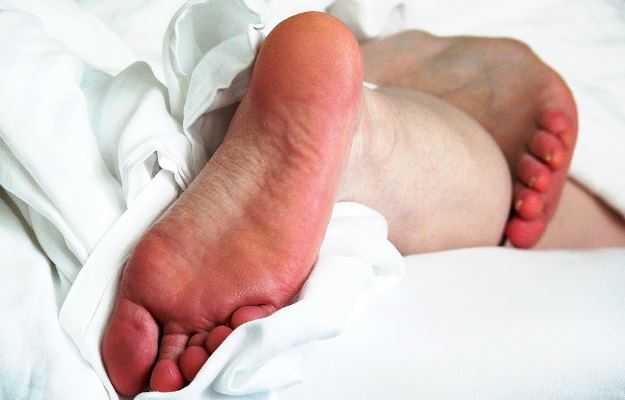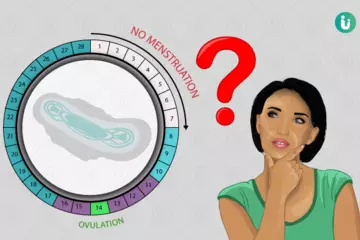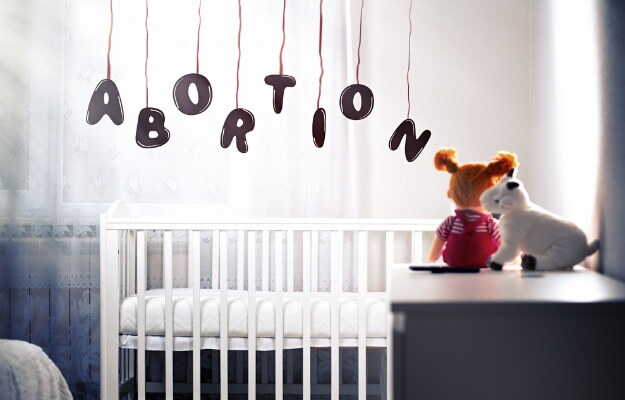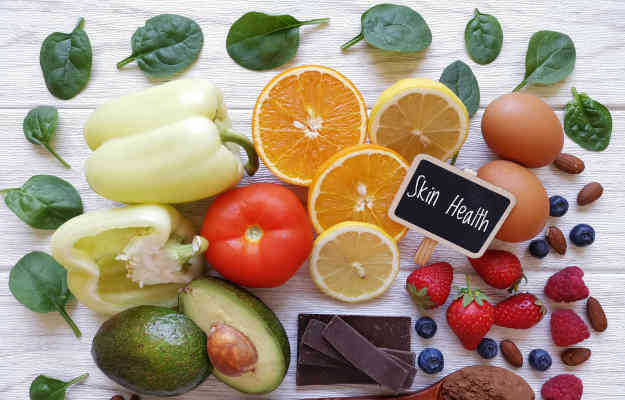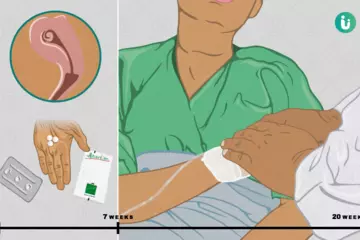What are calluses?
Calluses are the rough and dry patches of skin around our hands and feet. They are not just annoying and uncomfortable, but also not very pleasant to look at. Calluses may not be a serious problem, but they can be easily avoided and cured.
Calluses are often mistaken for corns. While they both are essentially hard layers of skin formed to protect against friction, calluses are usually larger than corns, they form in different areas than corns, and are rarely ever painful.
What are its main signs and symptoms?
Calluses form especially under the soles and balls of the feet, on palms or the knees; points which bear most of the pressure from body posture and movements.,. They usually appear as follows
- Raised and hard bump-like
- Painful when pressed deeply or tender beneath the surface
- Thick and rough patch on the skin
- Skin appears waxy, dry and flaky
What are its main causes?
The main cause of calluses is friction. This may be caused due to
- Footwear that is either too tight or loose
- By playing certain musical instruments
- Working out with gym equipment
- Engaging in a sport which involves holding a bat or racquet
- Using writing implements for too long
- Riding a cycle or motorbike over long distances frequently
- When you don’t wear socks with your shoes.
- Bunions, clawed toes or other deformities increase the risk of calluses.
- Sometimes, inadequate blood flow and conditions like diabetes may also cause calluses.
How is it diagnosed and treated?
A simple examination of the area is sufficient to help a doctor detect calluses. If there is a suspected deformity underlying the cause of a callus, an X-Ray may be advised.
Very often, calluses can disappear by themselves, or with some simple home care. Here is what doctors usually prescribe for calluses:
- Removing or trimming away dry, excess skin
- Patches or medication to remove calluses
- Using salicylic acid application to get rid of the callus
- Using a shoe insert to reduce friction and avoid causing more calluses
- Surgery in case a deformity needs to be cured
- Making the skin supple by soaking, moisturising, or removal of dead skin using a pumice stone or emery board
- Wearing well-fitted shoes with socks at all times


